-
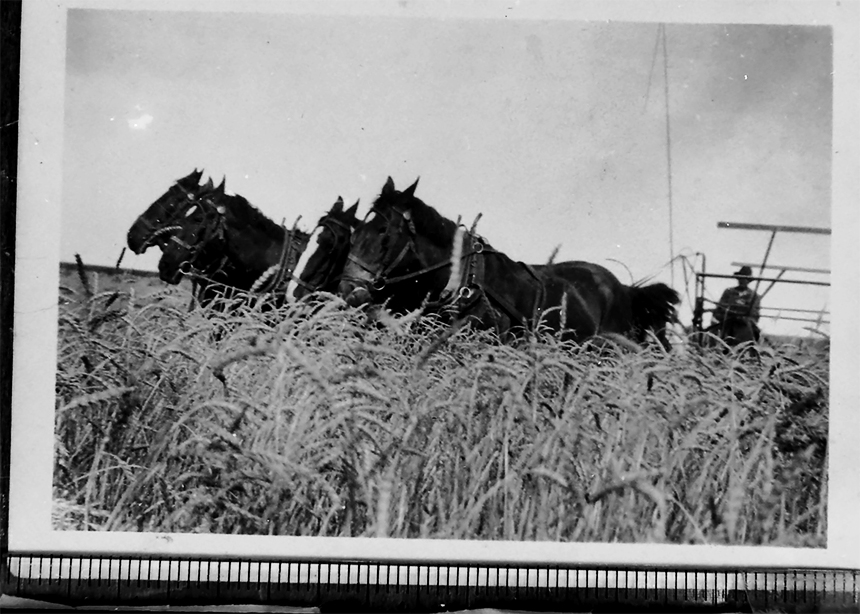
Namaka cutting wheat
A farmer cuts wheat on a farm in Namaka, Alta., in the 1920s. Food and its production continues to be a central driving force in society, affecting our health, quality of life and where we live. Forces such as mechanization, urbanization, and globalization have impacted the food matrix and our connection to the food we grow…
-
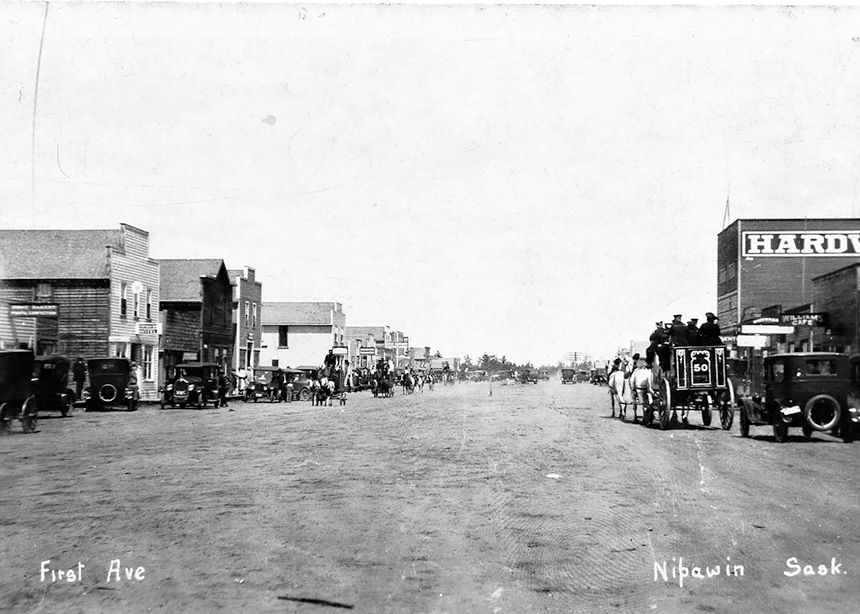
Nipawin streetscape
Streetscape of Nipawin, Sask., in the 1920s. Mennonites first began moving to Lost River in the Rural Municipality of Nipawin in the early 1900s. By 1906, they were meeting in homes for worship. In 1913, Bishop Abraham Doerksen of the Manitoba Sommerfeld Mennonite Church travelled to the Nipawin area, where he baptized 42 people and…
-
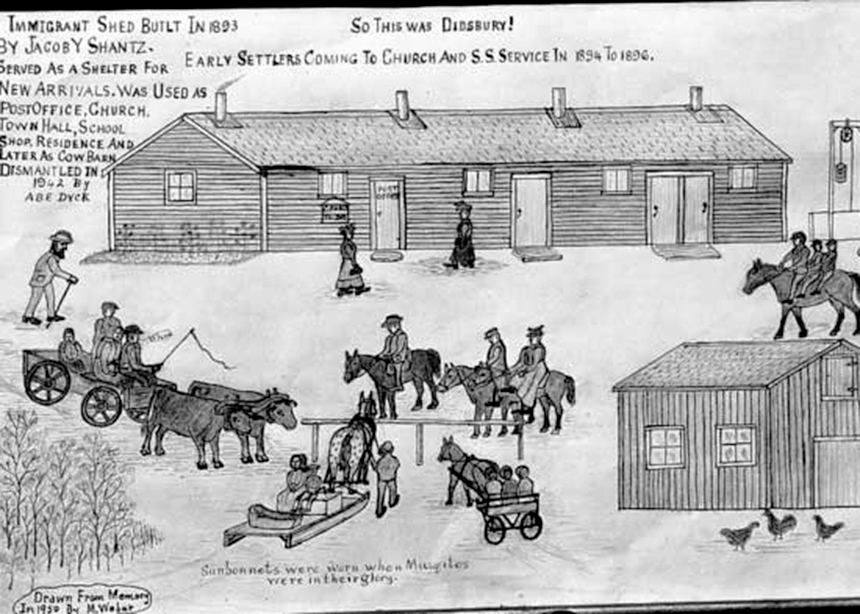
Didsbury drawing
In 1893, Kitchener, Ont., businessman Jacob Y. Shantz secured land from the government and railway, and he promoted the Didsbury, Alta., settlement to eastern Mennonites. The West was a great unknown to many, who felt they would never see their westbound relatives again once they departed for the land of “buffaloes and Indians.” In 2016,…
-
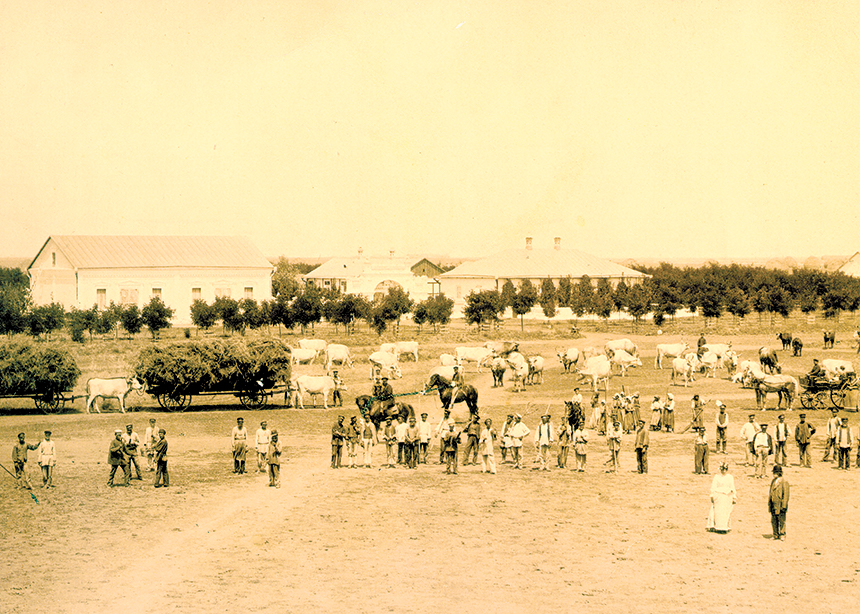
From power to pathos
Peter M. and Susanna Friesen. “The story of Mennonites in Tsarist Russia, the Soviet Union and the Soviet successor states is relatively short, beginning only in 1789. Despite this brief history, our memories of Mennonite life in this region are etched with deeply contradictory images. “On the one hand, we remember a resplendent culture marked…
-
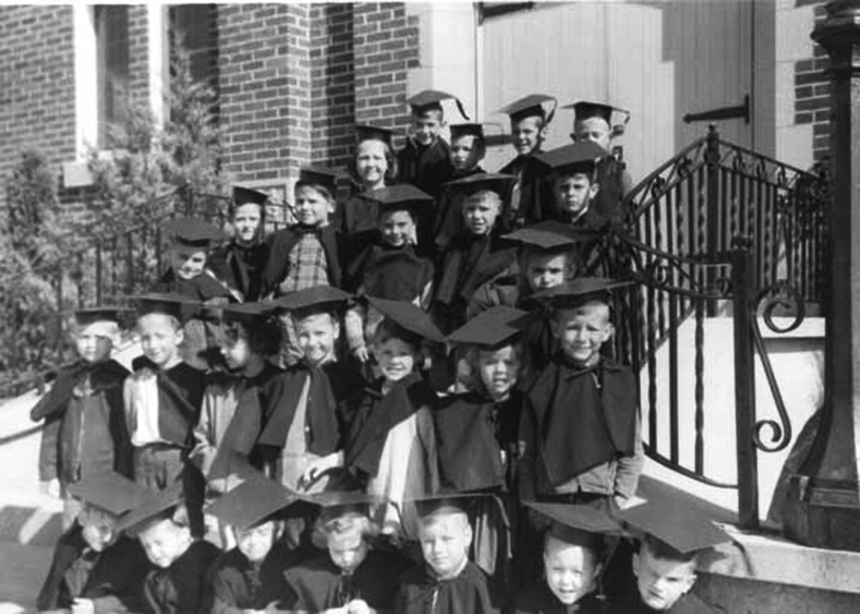
Graduating class
This adorable, and very formal, group is the “graduating class” of the Steinmann Mennonite Church Kindergarten in Baden, Ont., in 1964. The Kindergarten was started in 1962 by the married couples fellowship at Steinmann. Enrolment in the first year was 23; by 1964, it was 58. Groups for young couples, youth and children flourished in…
-
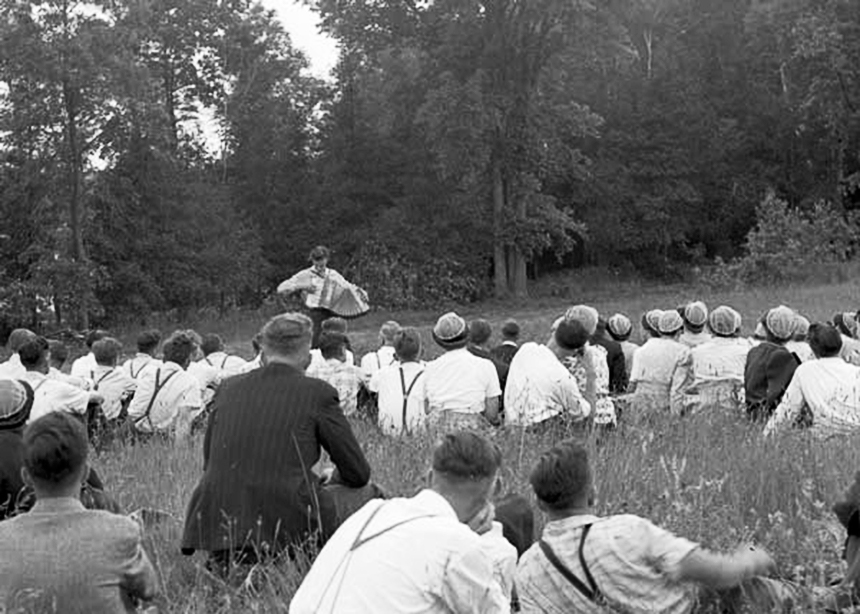
Chesley Lake accordion
An accordionist serenades a literary society meeting at Chesley Lake Camp in Ontario, in 1949. Chesley Lake was the first Mennonite church camp in Ontario and one of the first in Canada. Literary societies were common in Ontario Mennonite churches at the time, as social outlets and avenues for artistic expression. In today’s fast-paced world,…
-
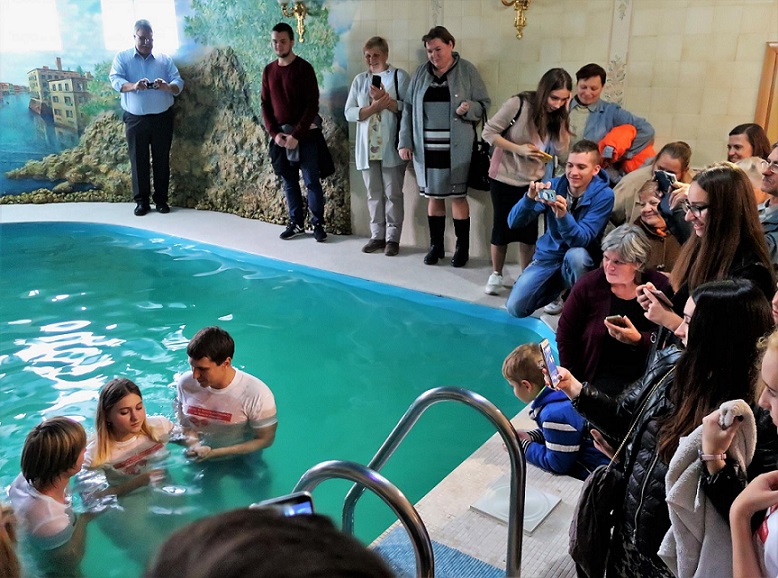
Ukrainians witness amid suffering, hope
In a region of Ukraine that thousands of Mennonites left generations ago, two dozen of today’s Mennonite leaders from across Europe gathered for three days of fellowship in October 2018. Hosted by Ukrainian leaders from Mennonite Brethren churches, meetings in the city of Zaporizhzhia included participants from Portugal, Spain, France, Netherlands, Germany, Switzerland, Austria, Lithuania…
-
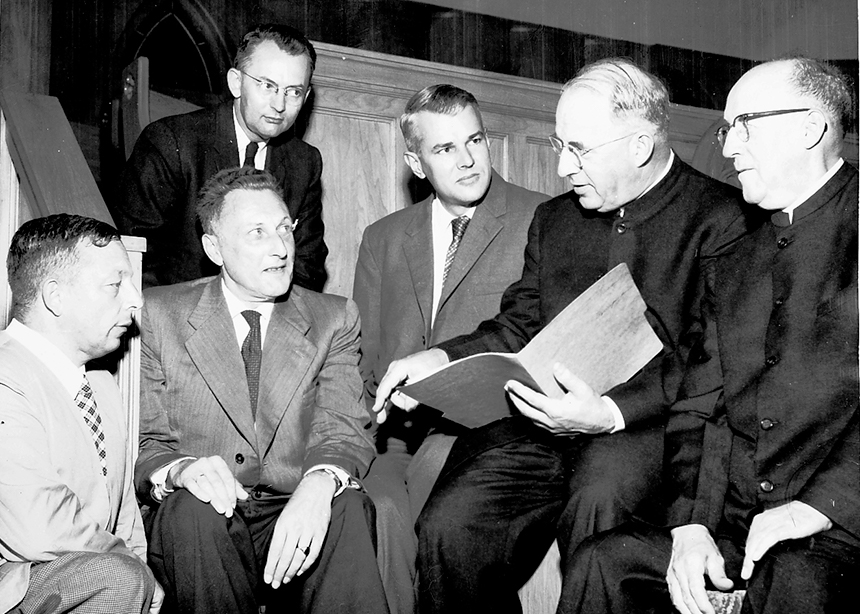
Called to bleed and die for the sake of the nation
As a minister of the Mennonite church in Danzig (now Gdansk, Poland), Hermann Gottlieb Mannhardt knew how to challenge and encourage his congregants in matters of faith and moral conduct. He also knew how to energize a crowd in matters related to politics and patriotism. During the First World War, as Germany’s armed forces were…
-
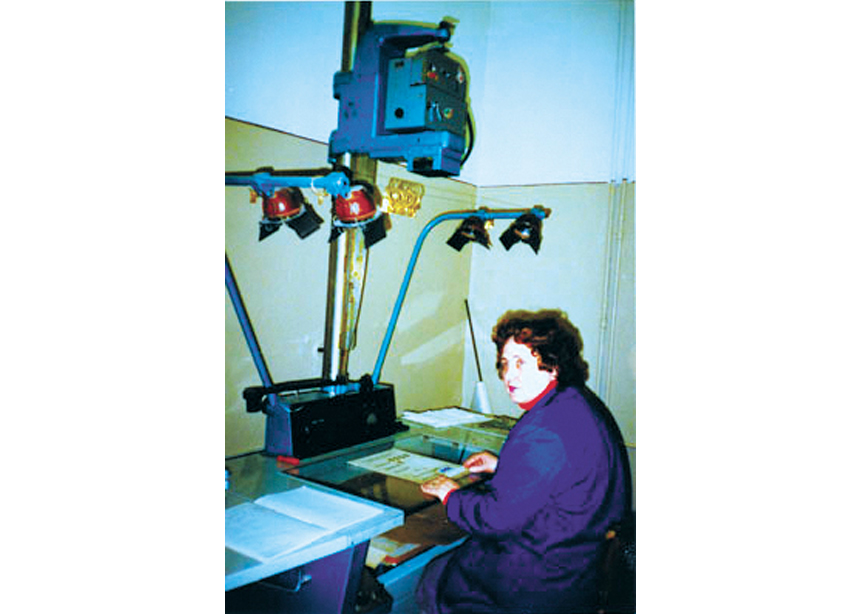
Odessa state archives
As the Soviet Union disintegrated in 1991, staff at the state archives in Odessa, Ukraine, worked diligently to microfilm Russian Mennonite documents in its possession. Collected by Peter J. Braun during the turbulent years of the Russian Revolution and Civil War (1917-1920), and later confiscated by the Soviet state, the records languished in obscurity until…
-
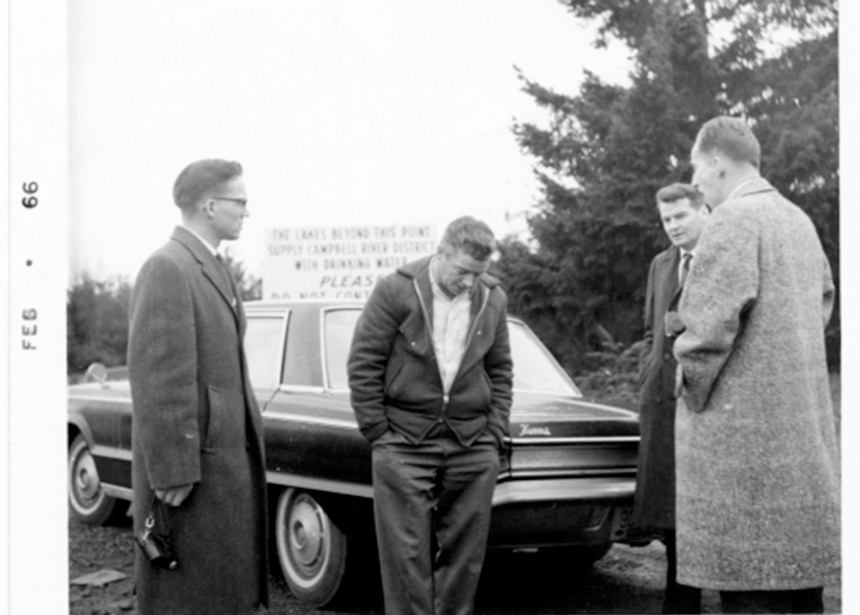
Conscientious objectors tree planting
During the Second World War, Canadian conscientious objectors (COs) planted 17 million trees in British Columbia between 1942 and 1944. Some COs questioned the use of working in the “bush.” Pictured from left to right: Frank Dyck, Jacob Wiebe, Menno Wiebe and Rudy Regehr returned to Campbell River, B.C., in 1966 to see the trees…
